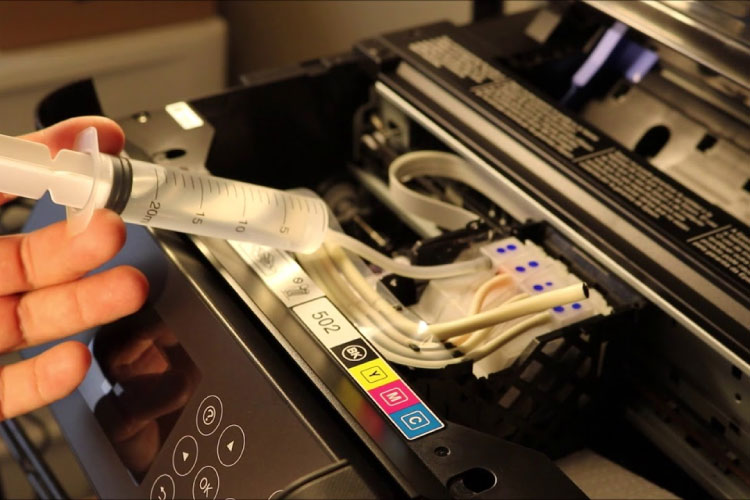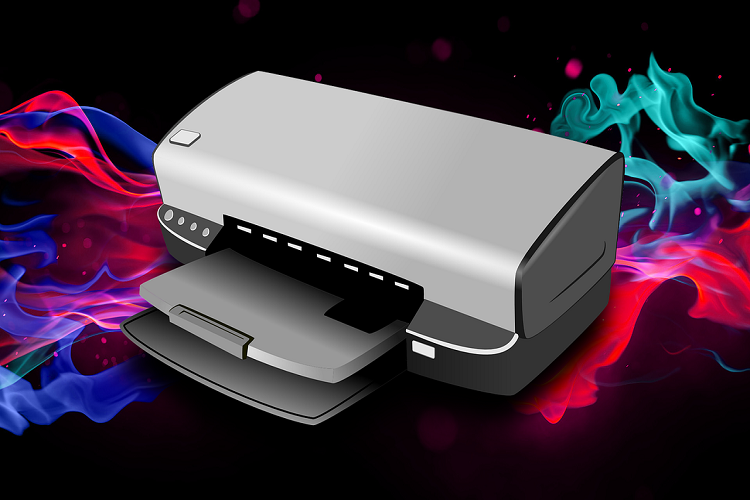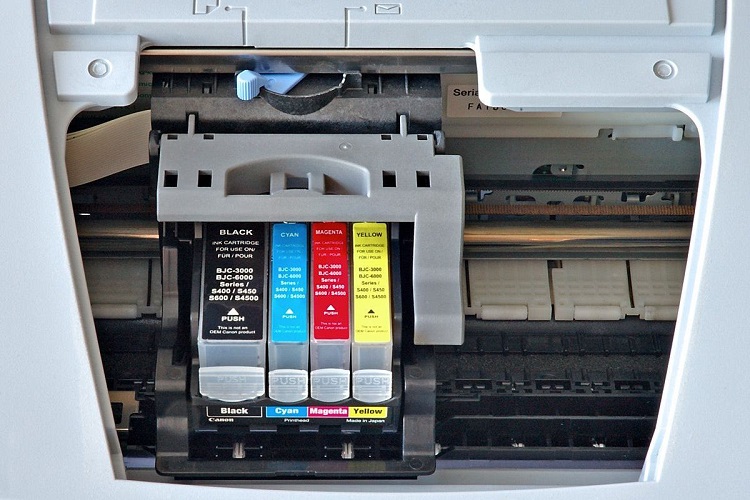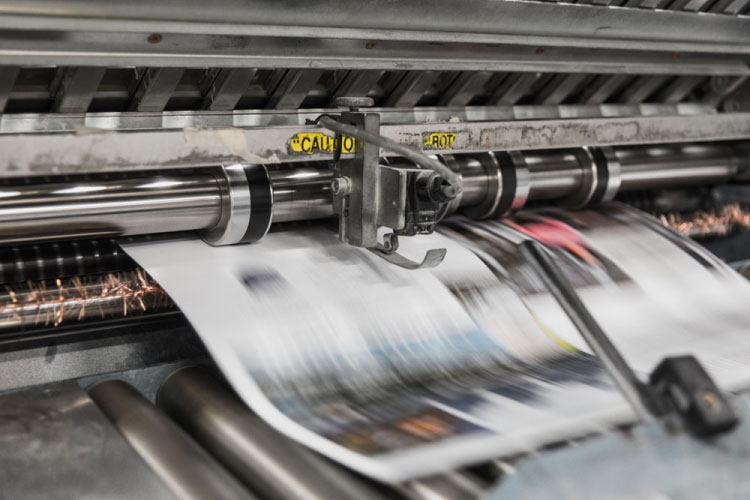Last Updated on March 31, 2023 by Carlo Dach
Table of Contents
Epson Printer Cleaning
Are you a proud owner of an Epson printer? If yes, have you noticed any irregularity in your prints recently? Are they faint, not continuous, or have streaked lines? From troubleshooting printer issues, you might have realized that such irregularities in prints are caused by clogged nozzles. This is a common issue as the residual ink in the nozzle dries up. Being up to date on replacing your cartridge as soon as the ink level is low might help maintain a clean nozzle. However, the chances of ink not drying inside a nozzle is still very low. The type of your cartridge does not influence what happens inside the nozzle in this case. How else can you prevent clogging of your Epson printer’s nozzle?
Firstly, you need to understand what causes nozzle clogs before you find the solution.
Causes Of Clogs In Nozzle
Do not change your cartridge right after a low ink warning
When you install a new cartridge in the printer, it will undergo a process called priming in which the printer pushes ink through the nozzles to expel the air inside. Sometimes, the ink pushed out of the cartridge might be more, causing it to be smeared inside the printhead including the nozzle. When the smeared ink dries in the nozzles, it gets blocked.
Use printer regularly
Ink dries up in the nozzles when the printer is not used regularly. Get a laser printer if you do not use your printer at least two times a month as it has a toner cartridge and not ink.
The best solution to ensure that the nozzle is not blocked is by cleaning your printhead regularly.
How To Clean Your Printhead?
The cleaning of the printhead requires two steps. Before you clean it manually, you should check your nozzles and run the cleaning cycle from the printer’s menu bar.

Epson printers are designed efficiently such that any dried ink is not left behind in the nozzles after one or two cleaning cycles. Here is the procedure you need to follow to start the cycle-
Note: It is better to wait for six hours before running another cycle if the nozzles do not clear up after two cycles.




